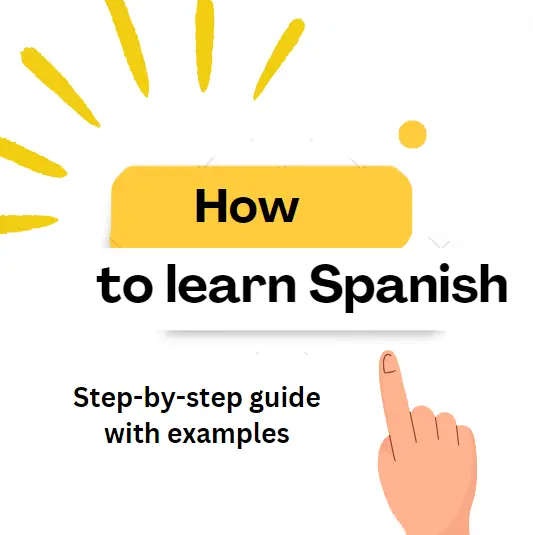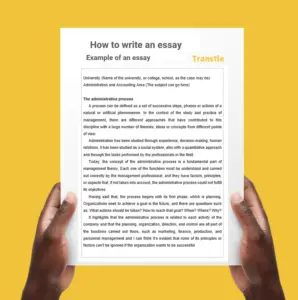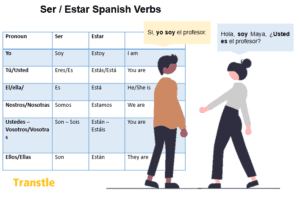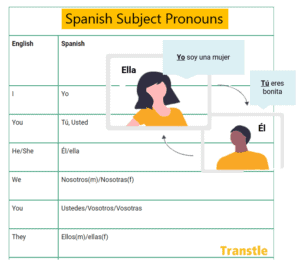How to learn Spanish: Step-by-step guide with examples

Do you want to know how to learn Spanish, but don't know where to start? Is it a complicated and impossible challenge for you?
Learning Spanish can be a necessity and a challenge for many since it is widely spoken.
In addition to overcoming communication barriers, learning Spanish opens doors to new opportunities, information, and a completely new world.
If you have found it difficult to learn until now, it is possible that it has not been explained to you in the best way. In reality, it is not as complicated as it seems.
To learn it, it is important to consider the following:
Use structured and organized information to learn Spanish
It is essential to have well-explained, detailed lessons in a logical order. What you learn in one class will lay the foundation for the next. You can use books or websites like Transtle.com, and others.
Start from the most basic and follow the established order
You can't run before you crawl or multiply without knowing how to add. Likewise, it is important to know the basics before moving forward.
For example, start with personal pronouns, then the verbs "ser and estar," the verb "haber and tener," sentence structure, and so on.
- 1st lesson: Personal pronouns (I, you, he, she, we, you, them, them). *Vocabulary after each lesson.
- 2nd lesson: The verbs "ser and estar".
- 3rd lesson: The verbs "haber and tener".
- 4th lesson: The structure of the sentence.
Once you have mastered personal pronouns (I, you, he, she, etc.), the verbs "ser and estar" and "haber and tener" and the basic sentence structure (subject + verb + complement), you can combine these elements and form simple sentences. For example:
"Yo estoy feliz" – "I am happy."
This example illustrates how each lesson is important and intertwines with the previous one.
Yo (Personal pronoun) estoy (verb estar) And you learn the order from the structure of the sentence.
Continue with the next lessons only if you have fully understood the current one. You can see the order of the lessons in the sidebar on the right.
Learn vocabulary with each lesson
After each lesson, incorporate new words. For example, after personal pronouns, learn vocabulary related to family, after the verbs ser and estar, learn adjectives (Good, small, pretty, happy, etc.).
This will help you expand your vocabulary effectively
Apply what you learn in daily life
Make Spanish part of your daily routine.
For example, if you learn colors, identify the colors in Spanish in your environment. This will help you integrate the language naturally.
Or if you are already on the fourth lesson, you can practice making sentences with what is around you. For example, if you see your brother and he is tall, you could say,
He is tall - Él es alto |
Don't let time pass, do it as soon as you learn a new lesson.
Write to memorize words
Writing down what you learn can help you remember and strengthen your vocabulary.
Tune your hearing with television and music
Listening to TV shows and music in Spanish will help you improve your listening comprehension and pronunciation. Make sure it's music and shows you enjoy.
Chat with foreign people
Practicing writing and reading with native speakers through platforms like interpals.net can be beneficial in improving your conversation skills.
Be patient and constant
Learning a language takes time, so don't rush or skip details. By following these steps, in one year you will have made a lot of progress in your Spanish learning.
Remember that fluency comes with constant practice.
Read next



